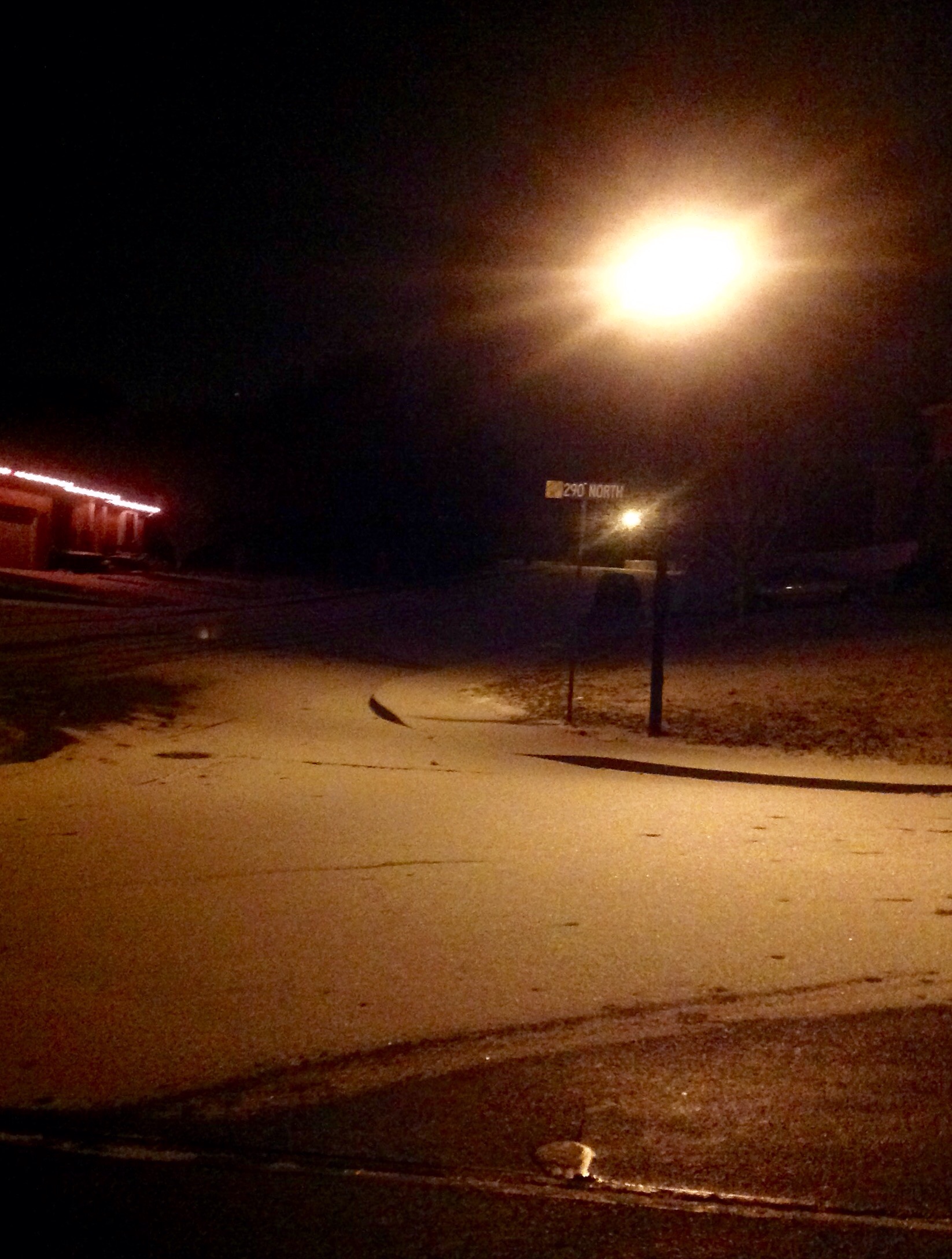Winter Has Come And The Driving Is AWESOME

Winter arrived in Utah last week. Snow, wind, cold temperatures. Did I mention snow? Utah loves snow. Some of my neighbors will complain about it, but don’t believe them. We need the snow. It fills our reservoirs. That’s important for a desert state. It covers our mountains and ski slopes. Important for a state that has a small population (3M, less than population of Los Angeles) but a large area (84,899 sq miles, the size of the state of Utah.)
But, people will still complain. We had to shovel our sidewalks twice over the weekend and there was a new 1/2″ of snow this morning. The streets this morning were unfortunately bare and dry. It’s true, I love to drive in the snow. And even more, I love snow when my kids are learning to drive.
That’s crazy, right? I mean, you have worse traction in the snow. You have less control in the snow. You have a greater chance of an accident in the snow. What could possibly make winter driving attractive?
It’s hard.
Seriously, that’s what I like about it. I enjoy the fact that you have to pay closer attention to. . .everything. And more than that, I like to push my car to the edge of those limits and beyond. Not in a way that puts me, or anyone else in danger, of course. But, doing doughnuts in a parking lot, or power sliding around a corner, or flipping a reverse 180 using the hand brake, are not only fun, they are educational.
When you are driving in the snow, do you know at what point your tires will lose their traction on the road? Can you spot that point just before you start to slide just by the feel of the car? How often have you had to try to correct a slide?
They say to “steer into a slide.” But, what if you are sliding toward a ditch?
There’s an IT equivalent of driving in the snow. It’s checking your backups. The worst time to check your backups is when you’ve had a failure. Several things are going to happen during a catastrophic failure. Your stakeholders are going to be stressed. Your employees are going to be frustrated. Your clients are not going to be able to get to you. In the middle of all that is not the time to try to figure out where the backup tapes are located, how to access the backup software. What data might be lost by restoring a backup.
You should be testing as you go. You should be practicing loading the tapes. Become familiar with the restore software. Understand the limits and what is lost in restores. That way, when you do have an emergency, you can spend all of your team correcting it rather than trying to learn what to do. However, no matter how often you practice restoring, you won’t necessarily avoid the event that destroys your network. But, it will help you get back up and running sooner.
By intentionally slipping, sliding, correcting and driving in the snow, I’ve become a lot more familiar with what my car is capable of. Does it mean that if I hit black ice at 70 mph on the freeway, I’ll be able to correct? Probably not. But, if playing in the snow lets me correct just a half second quicker, or let off the gas just a fraction of a second sooner, it can make all the difference.
Yes, it’s snowing in Utah. I can’t wait to get and drive in it.
Rodney M Bliss is an author, columnist and IT Consultant. His blog updates every weekday at 7:00 AM Mountain Time. He lives in Pleasant Grove, UT with his lovely wife, thirteen children and grandchildren.
Follow him on
Twitter (@rodneymbliss)
Facebook (www.facebook.com/rbliss)
LinkedIn (www.LinkedIn.com/in/rbliss)
or email him at rbliss at msn dot com(c) 2015 Rodney M Bliss, all rights reserved
